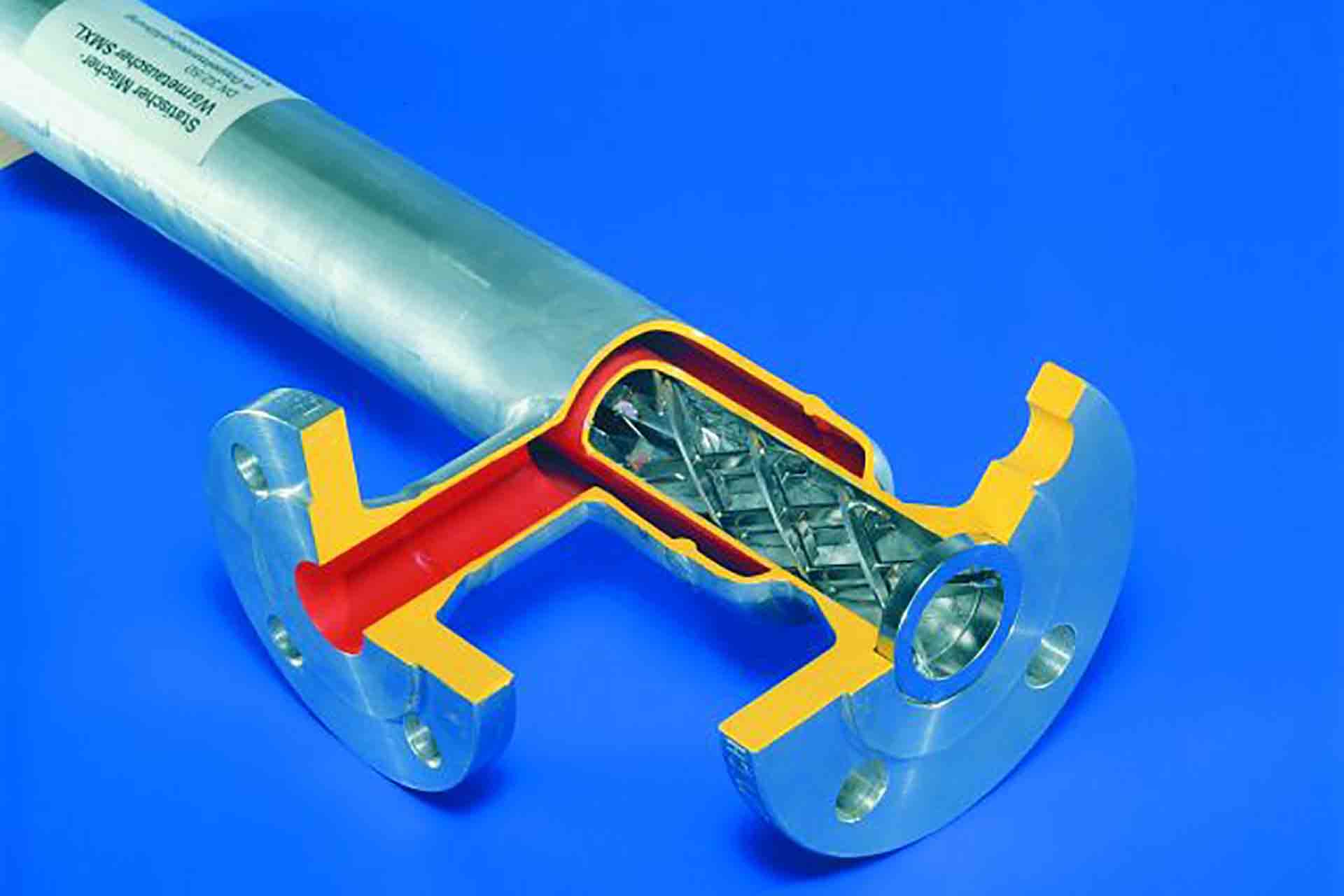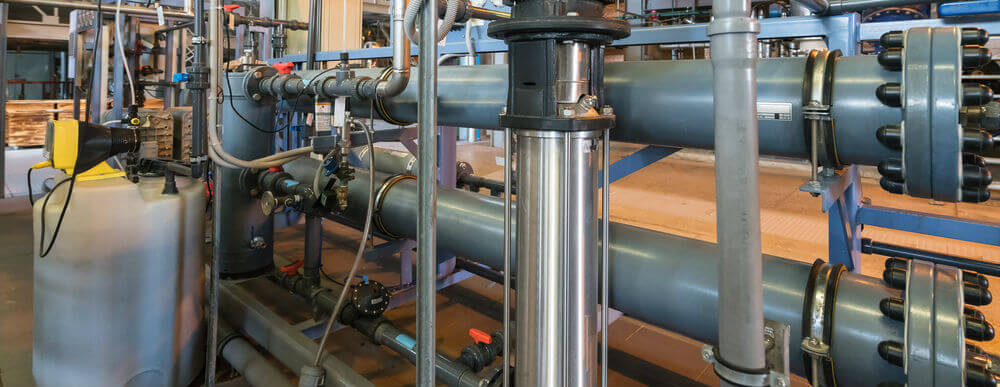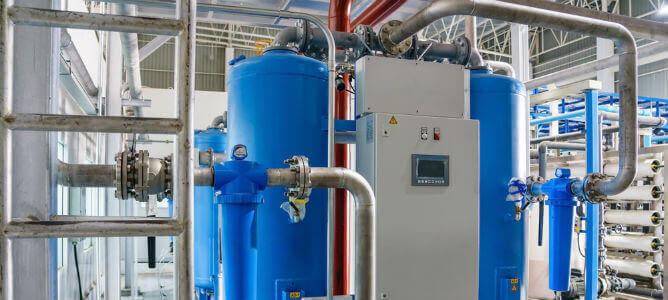Air dryers are an essential part of modern life, but how do they work? This article explores the science behind air dryers and delves into the mechanisms that make them so effective. From understanding physics to discovering new technologies, this article will take a deep dive into what makes air dryers tick.
By examining both traditional and cutting-edge practices, readers can learn about the history and future of this important technology. Join us as we explore the fascinating world of air drying!
The Physics of Air Flow
The physics of airflow is a complex phenomenon that has been studied for centuries. To understand the science behind air dryers, we must first look at how airflow works. Airflow occurs when a stream of moving air particles moves over an object and is caused by differences in pressure or temperature.
These differences can be between two areas in the same space or between different spaces with varying atmospheric conditions. The velocity of this movement creates friction which causes the air to heat up and evaporate moisture from objects placed inside it.
This evaporation process is what allows us to utilize air dryers, as they use the energy generated by this friction to quickly remove water droplets from our clothes and other objects placed within them.
Heat Exchange Technology

Heat exchange technology is a major component of air dryers and plays an important role in their mechanism. Heat exchange technology works by transferring the heat from one medium to another, allowing hot air to be cooled more efficiently.
In the case of air dryers, this transfer occurs between water and air molecules to rapidly cool down the wet clothes that are placed inside the machine. By leveraging heat exchange technology, energy consumption can be reduced significantly as less energy is required for cooling purposes when compared with traditional drying methods such as using direct heat or hanging clothes out on a line.
Additionally, this type of technology helps reduce noise pollution and improve safety since it eliminates any potential risk from naked flames or extreme temperatures being generated within the machine itself. As such, consumers benefit greatly from utilizing heat exchange technology while also contributing positively towards a cleaner environment.
Advantages and Disadvantages of Air Dryers
Air dryers have become increasingly popular in recent years, but it is important to understand the advantages and disadvantages of using them. Air dryers use a combination of warm air and jets of air to quickly evaporate water from surfaces.
This process can leave surfaces feeling cleaner than they would after being dried with cloth towels or paper towels, as the air helps remove any remaining residue that was not wiped away by hand. However, because these devices rely on electricity, their use may be more costly than traditional drying methods in some cases.
The main advantage of using an air dryer is its speed; most are designed to completely dry an item within seconds. This eliminates the need for wiping down wet items manually or waiting for them to drip dry before putting them away.
Additionally, many models feature adjustable heat settings so users can choose how much warmth they want when drying certain materials such as clothes or dishes. Furthermore, since no cleaning agents are required when using an air dryer, there is no risk of leaving behind chemical residues that could irritate sensitive skin or cause allergic reactions in some people. On the other hand, one potential drawback is the amount of energy consumed by these devices during operation; this means their usage can lead to higher electric bills if used regularly over time.
In addition, some users may find that due to their high airflow rates and temperatures, they sometimes blow dust and dirt particles onto clean items instead of just drying off surface moisture effectively which could necessitate additional cleaning afterward to meet desired levels of hygiene standards. Finally if not properly cleaned after each use bacteria and mold buildup can occur inside the device itself causing unsightly smells as well as potentially dangerous health issues if any airborne particulate matter containing said organisms escapes from it while operating.
Conclusion

Air Dryers are a great way to keep bathrooms clean and dry. They work by using a combination of airflow, heat, and evaporation to quickly remove moisture from the hands after washing.
By understanding the science behind how Air Dryers operate users can take advantage of their conveniences while knowing that it is an effective method for keeping bathrooms fresh and hygienic. With its ability to reduce paper waste and provide an efficient drying solution with minimal energy use, Air Dryers are sure to remain popular in public restrooms for years to come.

